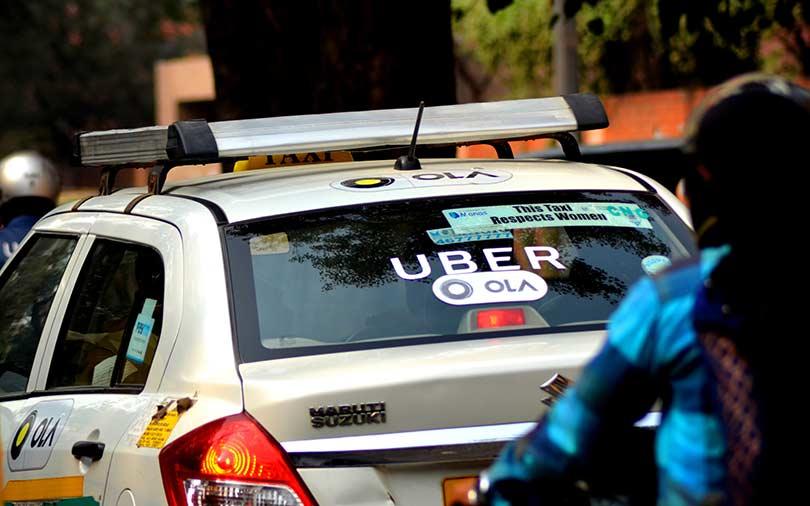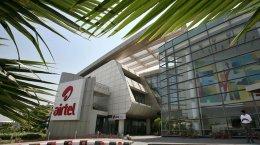The recurrent nationwide strikes by driver partners of Uber and Ola over falling income and long working hours may not have had a big impact on the business of the cab hailing majors, but have surely inconvenienced both the consumer and the driver.
While consumers have had to wait longer and pay a premium on the services due to a shortage of cabs, those participating in the strikes have lost their days’ earnings.
This, despite the growing rivalry between homegrown Ola and its global peer Uber to get a bigger share of the Indian market.
Now, the talks of Japanese conglomerate SoftBank, which has been consolidating its investments in cab-hailing services globally, trying to broker a merger deal between Ola and Uber, could entirely change the market dynamics.
The merged entity could, in fact, run riot with the competitive market changing overnight into a monopoly, necessitating the Competition Commission of India (CCI), the country’s anti-trust regulator, to step in.
Industry observers believe the merger could be a distinct possibility despite the immense opportunities in the Indian market, given that the country is the last bastion for Uber’s Asia business plans, after exiting China and South East Asia recently.
Will we witness a price surge?
The cut throat competition between Ola and Uber had meant lower charges – oftentimes consumers ended up paying less for an air conditioned taxi ride than they would for, say, an auto-rickshaw ride for the same distance. This, even after the companies had decided to raise fares, curb offers and cut back on incentives for driver partners.
Though the actual fallout of the merger would depend a great deal on the terms of the deal, it can, however, be safely said that it would eventually lead to higher tariffs. It may, however, result in improved earnings for the drivers.
The rise in fares may also narrow the gap between tariffs offered by local cab operators, or kaali-pili taxis, and the app-based cab aggregator.
What about drivers operating both on Ola and Uber?
There are no official figures available. However, going by the claims, Ola has 10 lakh drivers across 100 cities, while Uber operates through 450,000 drivers across 29 cities.
To be sure though, drivers often operate across both platforms. So, the actual numbers could, in fact, be much lower.
Since most drivers are freelancers, and not directly employed by either entity, they may not be fired. But, to maintain sustainable demand, the merged entity might have to opt for some kind of rationalisation in cities wherein there is an oversupply of drivers. As a consequence, some drivers may be forced to find other means of a livelihood.
The ones who would continue to ply, however, are expected to see their incomes go up over time.
But will the CCI step in, if Ola and Uber decide to merge?
Yes. The anti-trust regulator will have to give its consent for any merger between the two. But, this could be slightly complicated.
MM Sharma, who heads the competition law practice at the New Delhi-based Vaish Associates Advocates, says that if the CCI approves the deal, it will be a blanket pan-India approval.
“If the company itself is being acquired by another company, it does not matter where they operate. Wherever they operate, it will be one, unless they want to merge only in those cities where both are operating.”
However, Sharma says that the CCI may ask the merged entity to divest certain operations in certain areas. “The CCI also has to ensure that competition remains alive. So, they might have to find a competitor.”
Effectively, this means that if Ola and Uber are the only platforms operating across some cities, they may have to find another entity, which can buy a part of their business in those cities and become a competitor. “The buyer will also have to be approved by the CCI. It cannot be a fake buyer and has to be independent of these two companies,” Sharma added.
How will a potential merger impact competition?
Although there are several companies that operate app-based cabs and radio taxis across India, the only visible competitor to Uber and Ola, has been Meru. It, however, does not come close in terms of the market share. Meru will most certainly be eyeing the merger closely, as reduced competition will allow it to claw back into the market.
In fact, Meru already seems to trying to innovate, by allowing its drivers to set dynamic fares. Drivers will be able to set their own fares, depending on the demand in a certain area, and customers will be able to choose from among 10 drivers at a given time and location.
Earlier this month, Meru had said that in a bid to attract more consumers, it was moving towards a marketplace model, even as it charges government-regulated fares. While, for now the company is testing its model in Delhi-NCR and Bengaluru, it is expected to expand its services to other cities as well.






